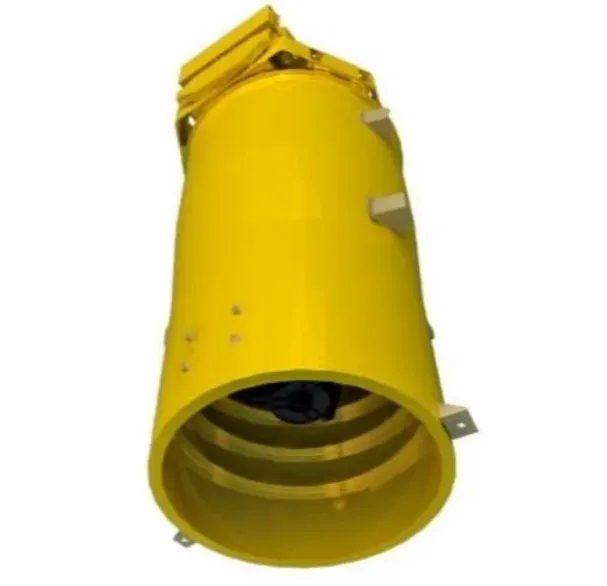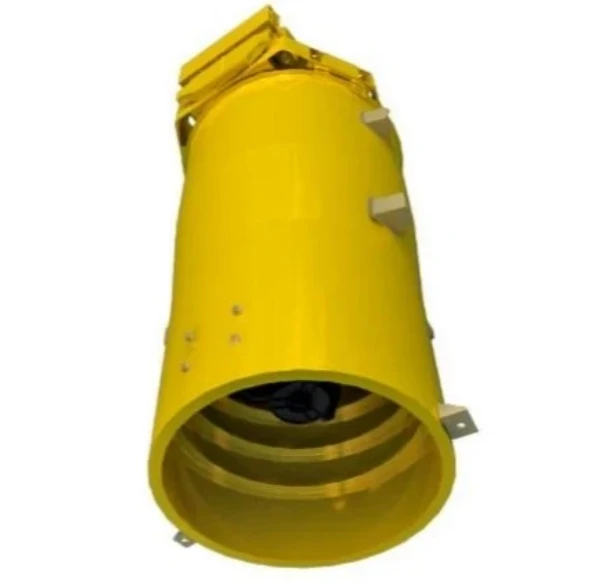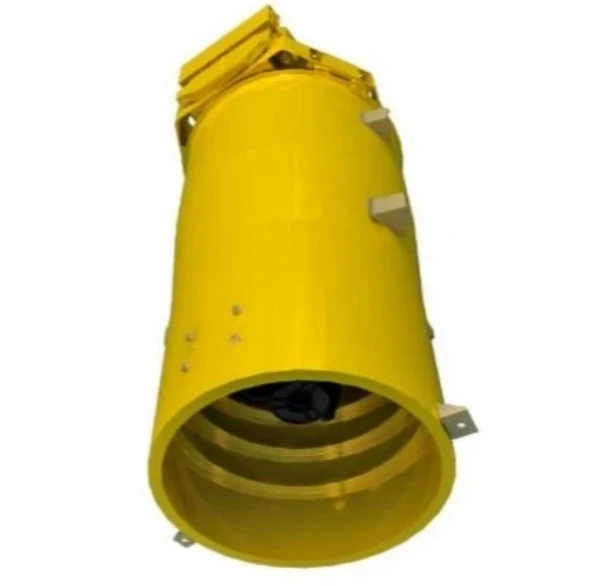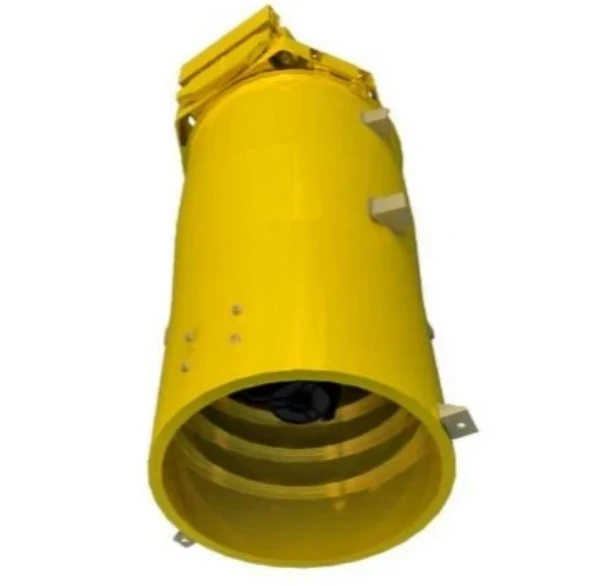
- afrikansk
- albansk
- amharisk
- arabisk
- armensk
- aserbajdsjansk
- baskisk
- hviterussisk
- bengali
- bosnisk
- Bulgarsk
- katalansk
- Cebuano
- Kina
- korsikansk
- kroatisk
- tsjekkisk
- dansk
- nederlandsk
- engelsk
- Esperanto
- estisk
- finsk
- fransk
- frisisk
- galisisk
- georgisk
- tysk
- gresk
- Gujarati
- haitisk kreolsk
- Hausa
- hawaiisk
- hebraisk
- Ingen
- Miao
- ungarsk
- islandsk
- igbo
- indonesisk
- irsk
- italiensk
- japansk
- javanesisk
- Kannada
- kasakhisk
- Khmer
- Rwandisk
- koreansk
- kurdisk
- kirgisisk
- Arbeid
- latin
- latvisk
- litauisk
- luxemburgsk
- makedonsk
- Madagaskar
- malaysisk
- Malayalam
- maltesisk
- Maori
- Marathi
- mongolsk
- Myanmar
- nepalesisk
- norsk
- norsk
- oksitansk
- Pashto
- persisk
- Pusse
- portugisisk
- Punjabi
- rumensk
- russisk
- samoansk
- skotsk gælisk
- serbisk
- engelsk
- Shona
- Sindhi
- singalesisk
- slovakisk
- slovensk
- Somali
- spansk
- Sundanesisk
- Swahili
- svensk
- Tagalog
- tadsjikisk
- Tamil
- tatarisk
- Telugu
- Thai
- tyrkisk
- turkmenske
- ukrainsk
- Urdu
- Uigur
- usbekisk
- vietnamesisk
- walisisk
- Hjelp
- Jiddisch
- Yoruba
- Zulu
Advancing Space Observation with High Resolution Cameras
Space-based technologies have revolutionized the way we observe Earth, monitor environmental changes, and explore the universe. At the core of these advancements lies the high resolution camera, which enables satellites, telescopes, and space probes to capture extraordinarily detailed images of terrain, weather systems, and even distant celestial bodies. In the world of aerospace, kameraoppløsning is more than a specification—it’s a gateway to deeper understanding.

Whether deployed on Earth-observation satellites, interplanetary missions, or high-altitude drones, the use of high MP cameras and high resolution thermal cameras is transforming our vision of the planet and the cosmos.
Capturing Earth in Detail: Remote Sensing from Space
Remote sensing satellites equipped with high resolution cameras provide governments, scientists, and businesses with critical data for land use, agriculture, urban planning, and climate monitoring. These systems produce high definition camera imagery that can resolve features as small as a meter—or even sub-meter—on the Earth’s surface.
A high MP camera onboard a satellite can differentiate between types of vegetation, detect illegal mining activities, or help assess the impact of natural disasters like floods and wildfires. With increasing demand for real-time data, kameraoppløsning becomes the key factor in ensuring accuracy, timeliness, and usability of satellite imagery.
Moreover, the combination of optical and thermal imaging—using high resolution thermal cameras—adds another dimension to remote sensing. These instruments are capable of monitoring temperature fluctuations across large regions, which is vital for studying ocean currents, heat islands in cities, or glacial melt patterns.
Exploring the Universe with High Definition
Beyond Earth observation, space exploration missions require high resolution cameras to capture images of distant planets, asteroids, and galaxies. Missions such as Mars rovers or lunar orbiters are outfitted with high MP cameras to navigate, investigate geological formations, and search for signs of water or life.
Instruments like high resolution infrared cameras help study surface compositions and thermal properties of celestial bodies, offering insights into planetary atmospheres and internal structures. These technologies enable scientists to model environments billions of kilometers away from Earth with remarkable precision.
Kameraoppløsning is also vital for spacecraft docking, satellite inspection, and space debris monitoring—areas where accuracy can determine the success or failure of multimillion-dollar missions.
High-Resolution Imaging in Aerospace Engineering
In aerospace manufacturing and maintenance, high resolution industrial cameras are widely used for non-contact inspection and quality control. From inspecting turbine blades to verifying micro-welds, these cameras help ensure the structural integrity of components under extreme conditions.
During test flights or high-altitude drone missions, high definition cameras and high resolution IR cameras monitor aerodynamic behavior, structural stress, and thermal anomalies. Real-time high-res imaging data enables engineers to analyze performance, improve designs, and prevent failure before deployment.
Thermal and IR Imaging for Space Safety
The use of high resolution thermal cameras and high resolution IR cameras is critical for detecting heat leaks, insulation failures, or electrical malfunctions in spacecraft. These tools are also deployed during rocket launches and re-entry phases to monitor thermal dynamics.
In deep space exploration, high resolution infrared cameras allow the observation of faint cosmic objects that are invisible in the optical range. From studying nebulae to mapping star formation, these cameras contribute significantly to our knowledge of astrophysics.
From Earth observation to interplanetary discovery, the value of kameraoppløsning in aerospace and remote sensing cannot be overstated. With tools such as high MP cameras, high resolution thermal cameras, and ultra high resolution security cameras aboard modern spacecraft and satellites, we are witnessing a new era of visual data collection that offers both scientific insights and strategic advantages.
As aerospace technology advances, the need for sharper, faster, and more versatile imaging continues to grow—making high resolution cameras an essential part of humanity’s journey into space and beyond.











